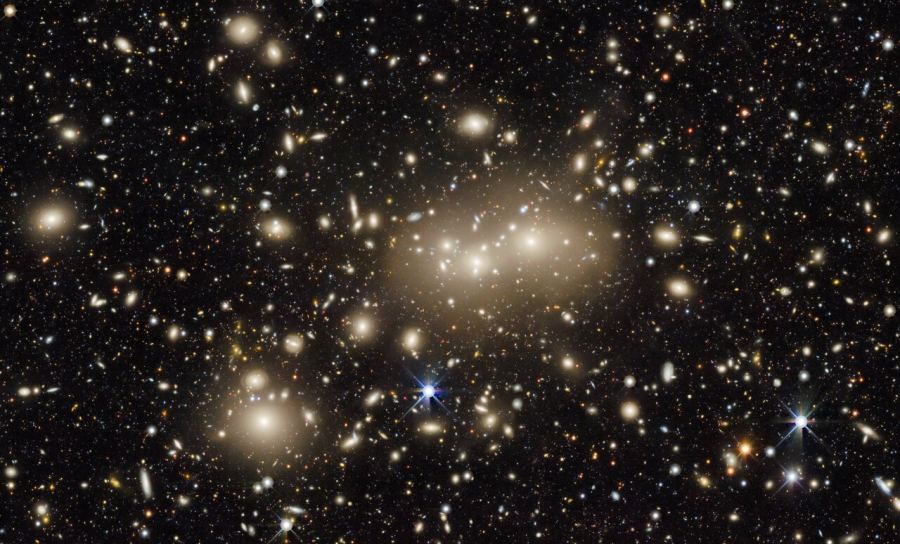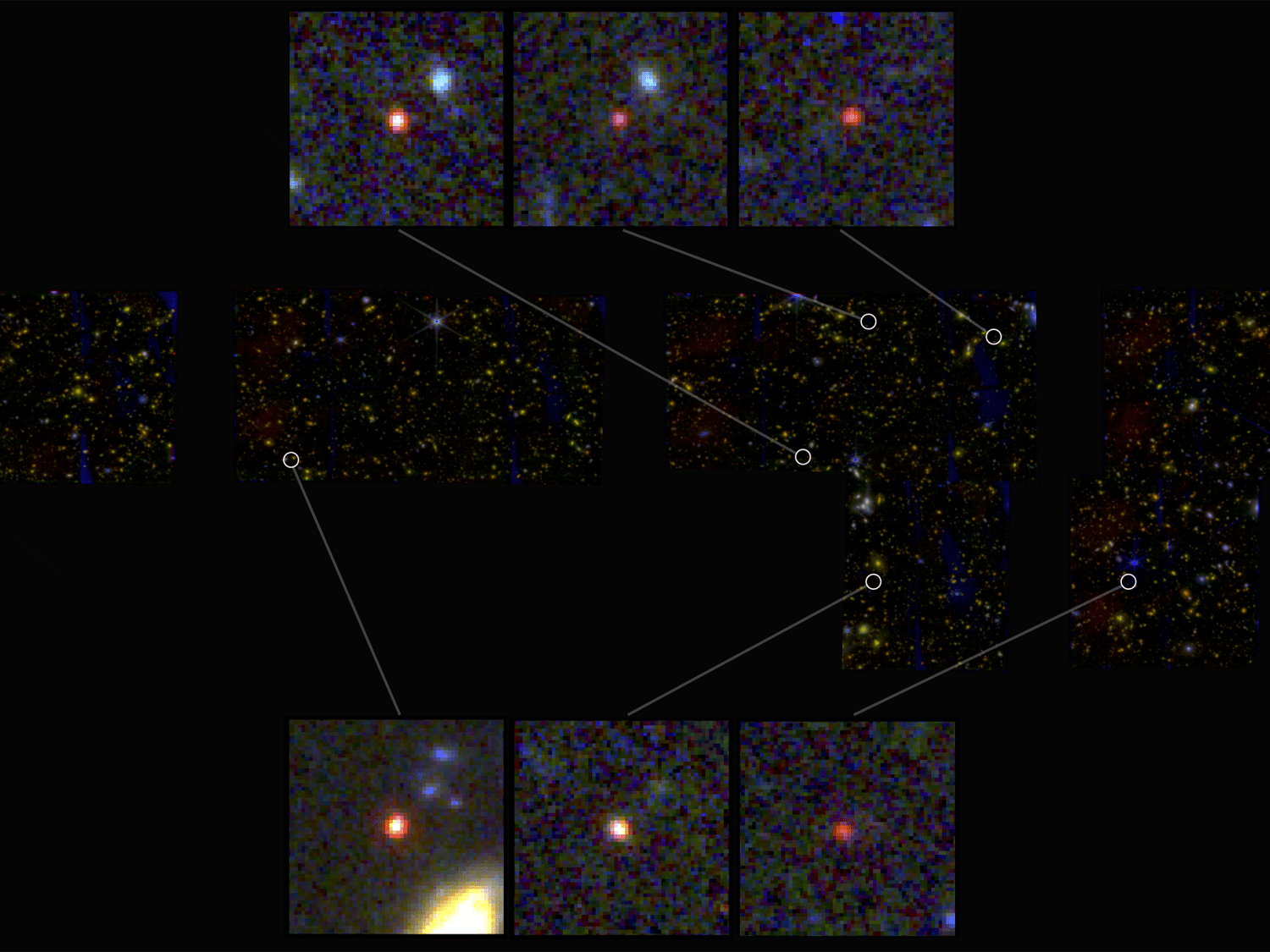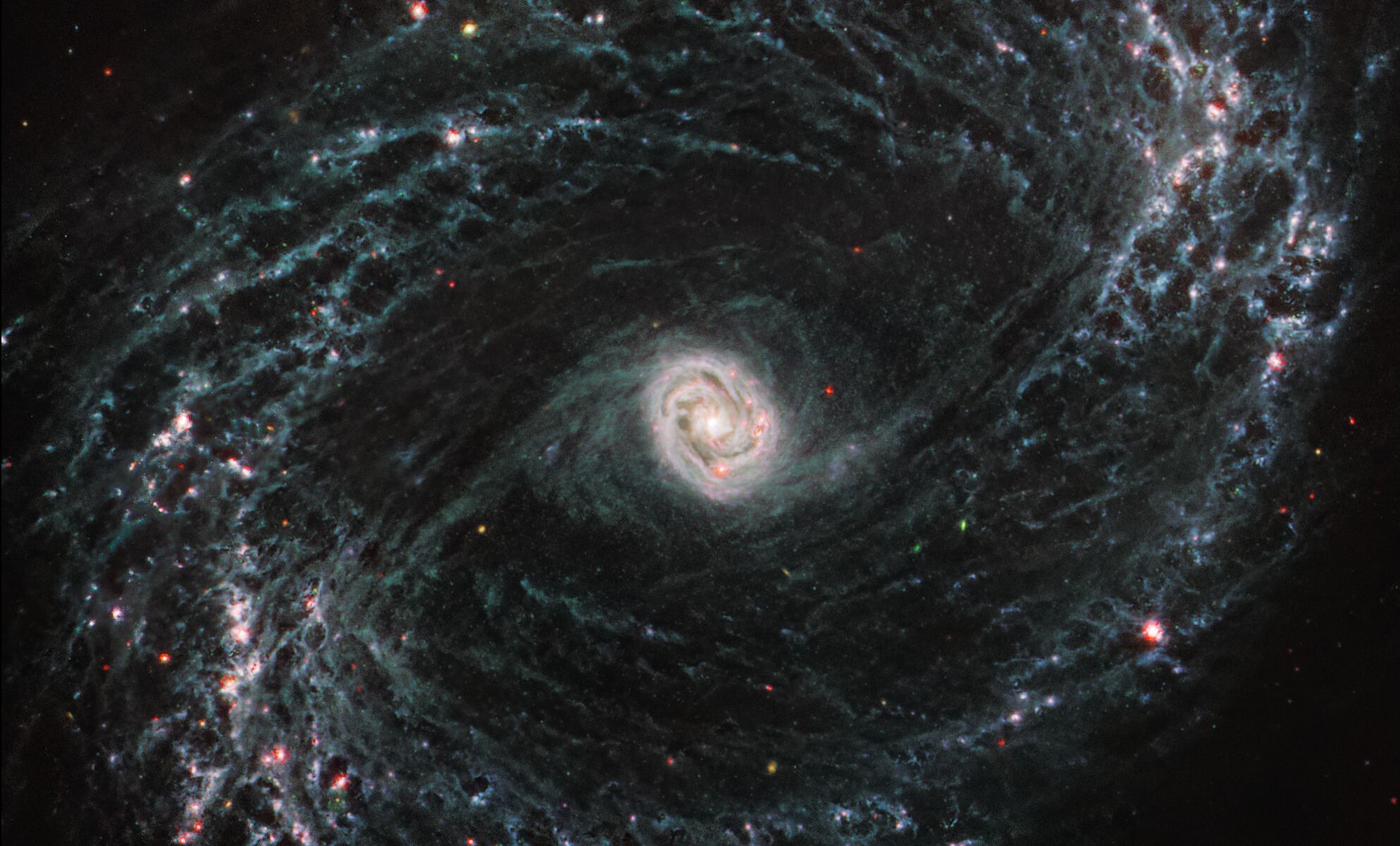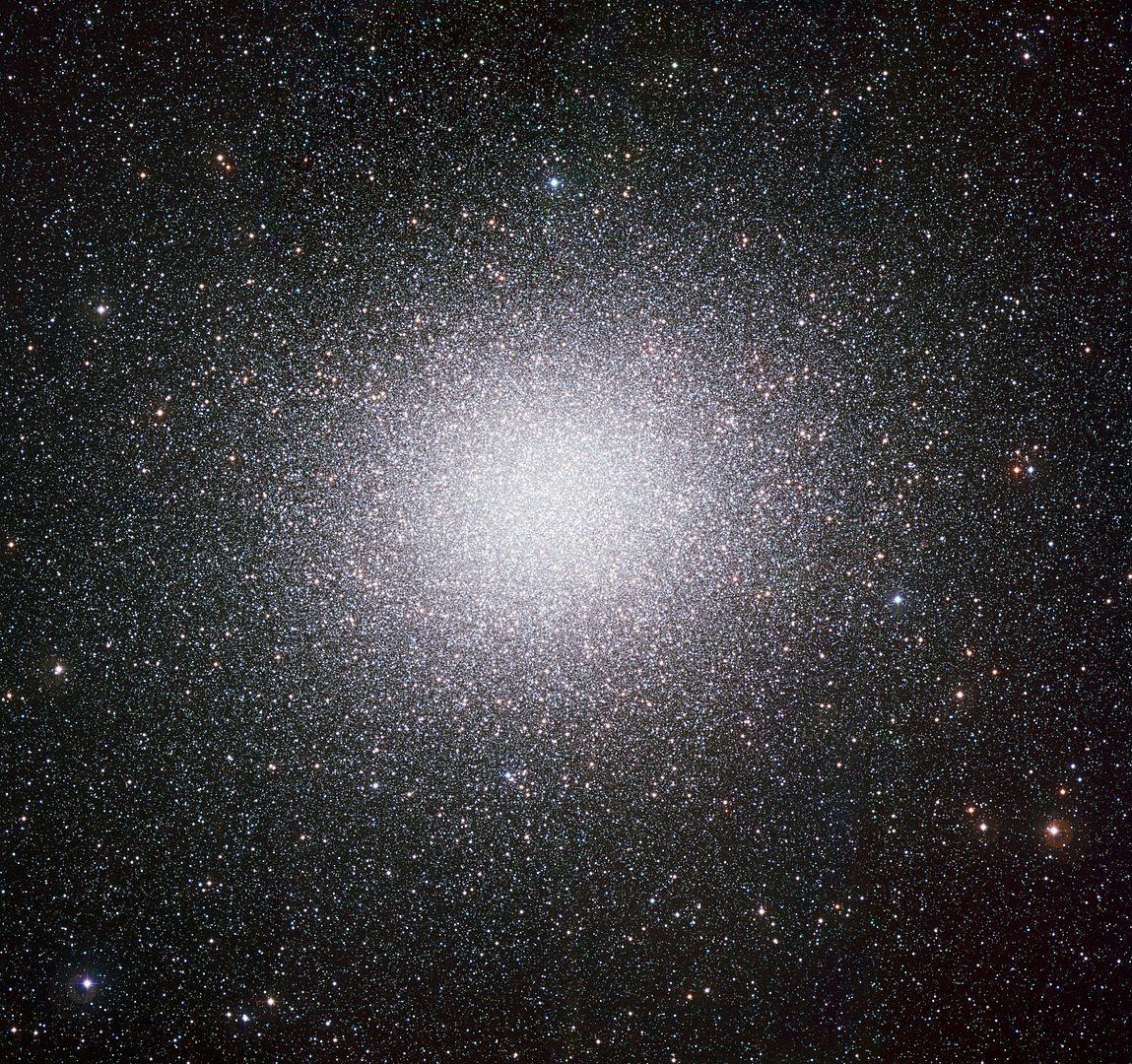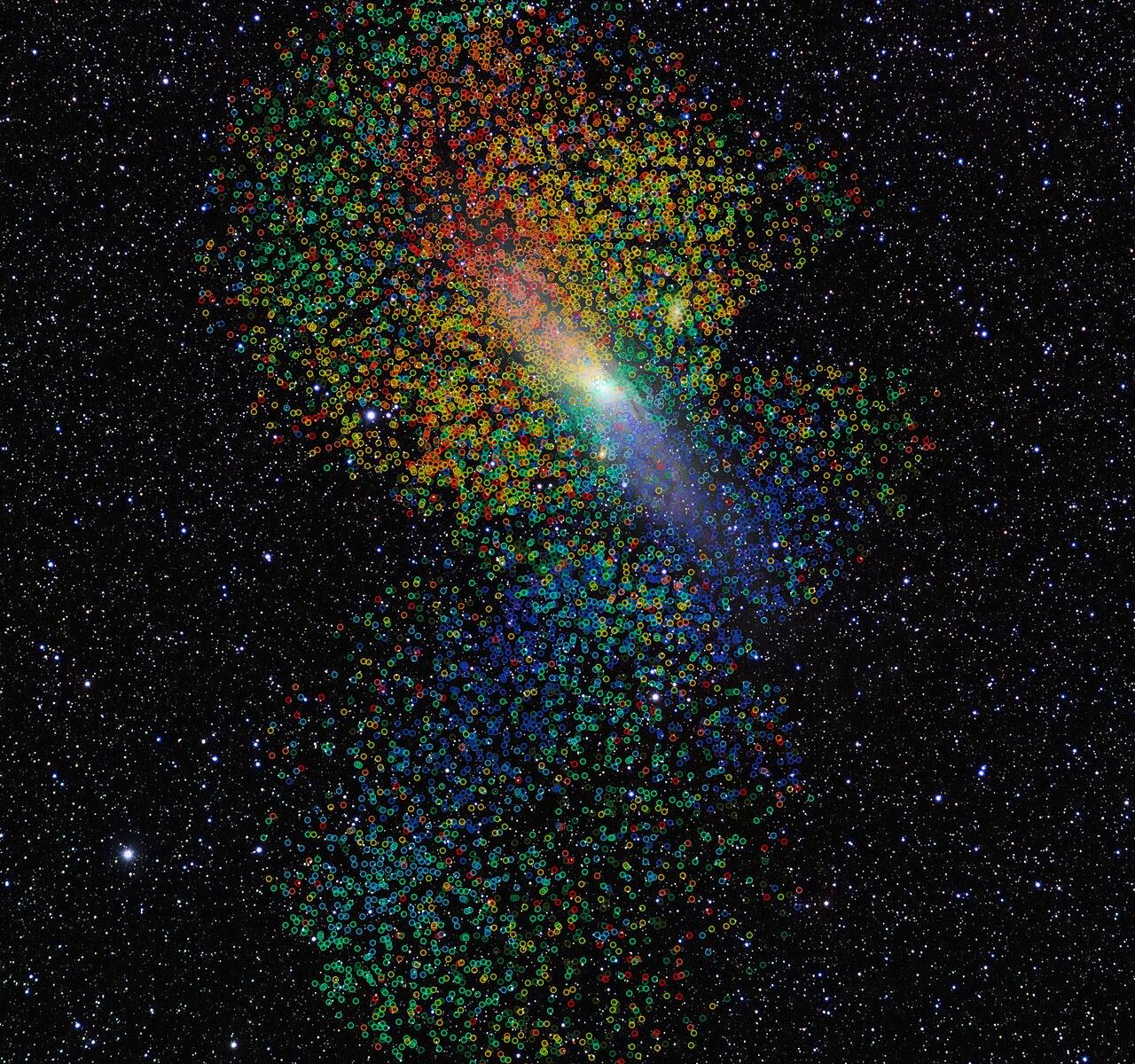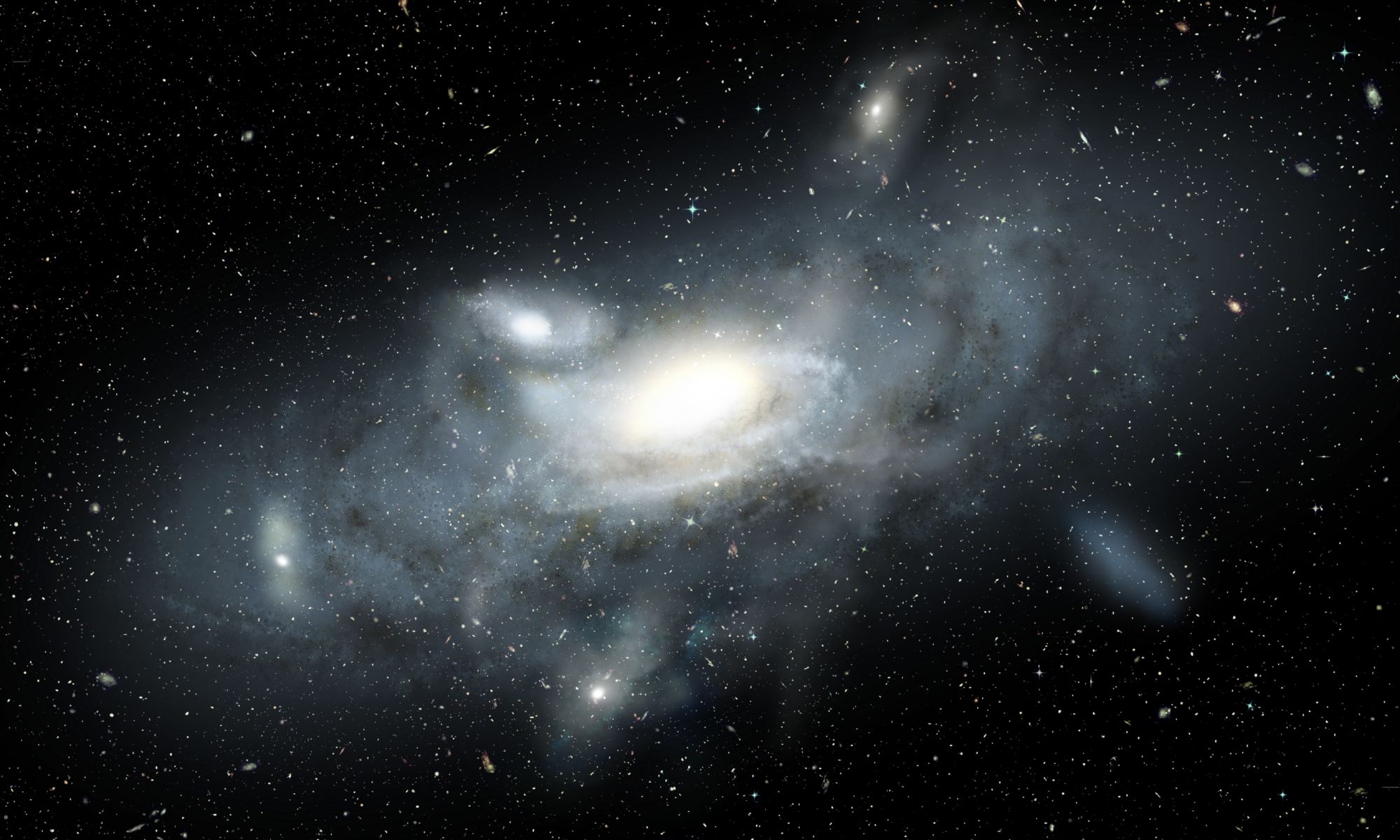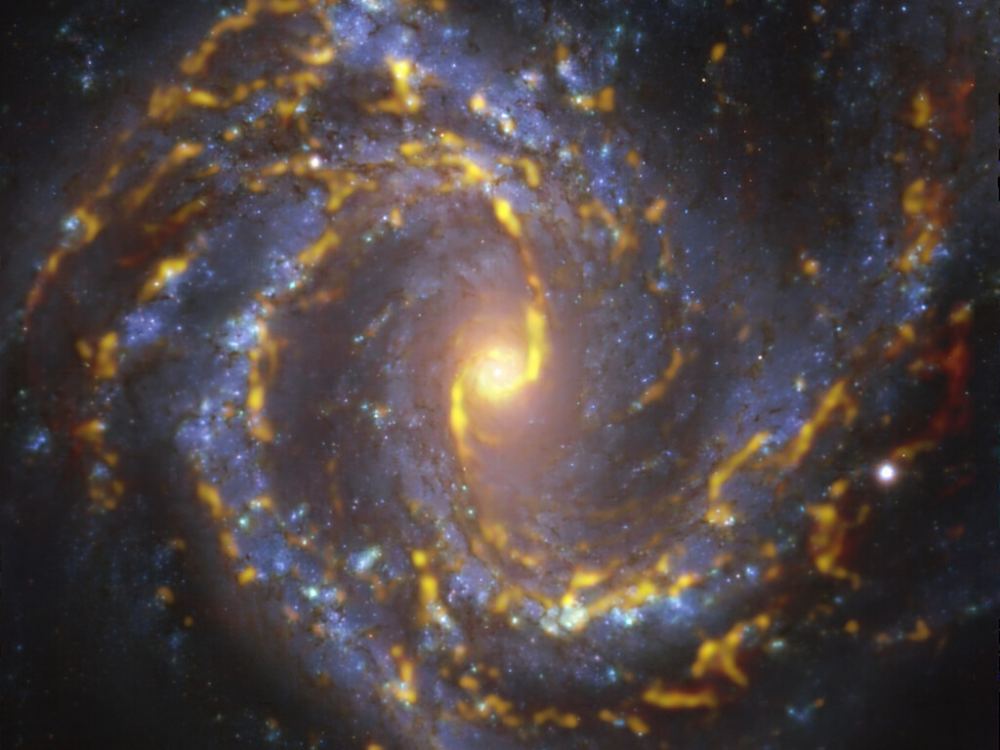What contains a petabyte of data on more than a billion galaxies in one of the most extensive sky maps? The answer: the ever-expanding Dark Energy Spectroscopic Instrument (DESI) Legacy Imaging Survey. The galaxies it charts are part of the largest two-dimensional map of the sky ever made. And, just recently, it grew even larger with the addition of new data from telescopes in the U.S. and Chile.
Continue reading “A New Survey of the Sky Contains Over One Billion Galaxies”A New Survey of the Sky Contains Over One Billion Galaxies
